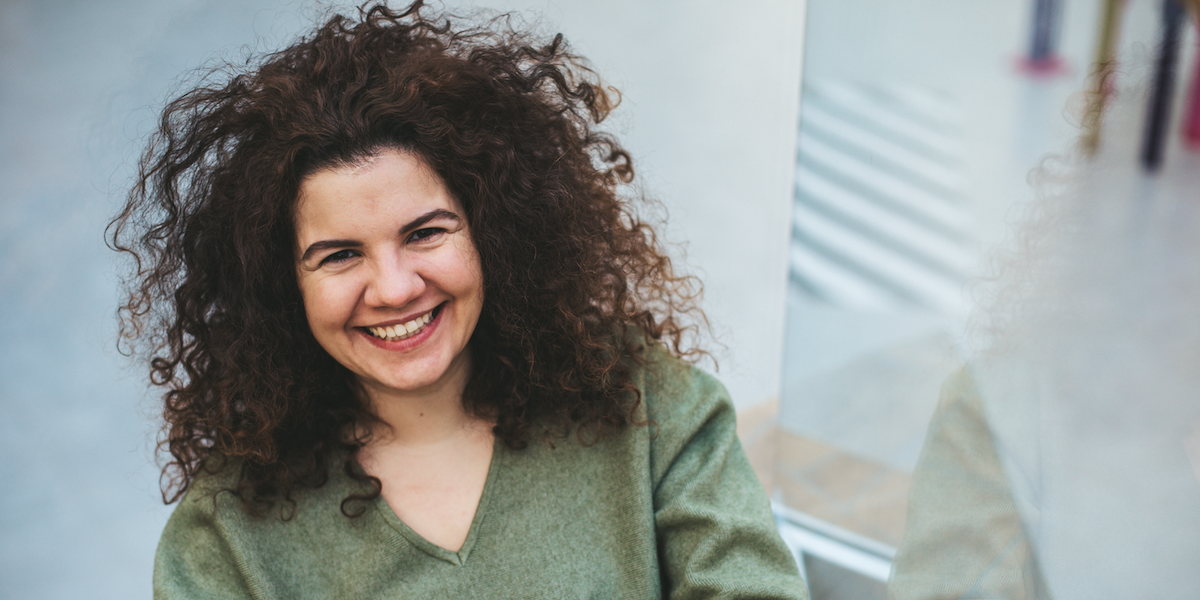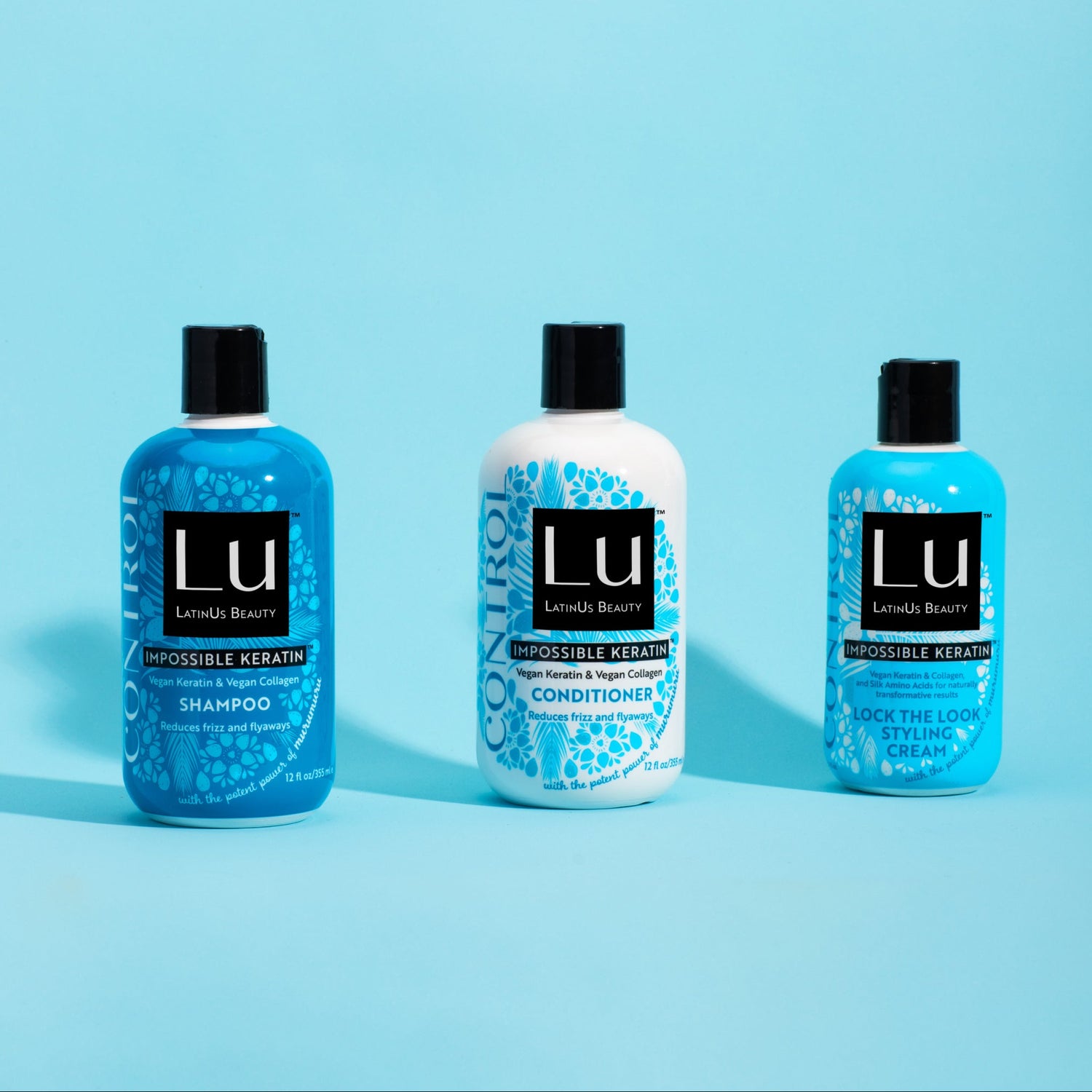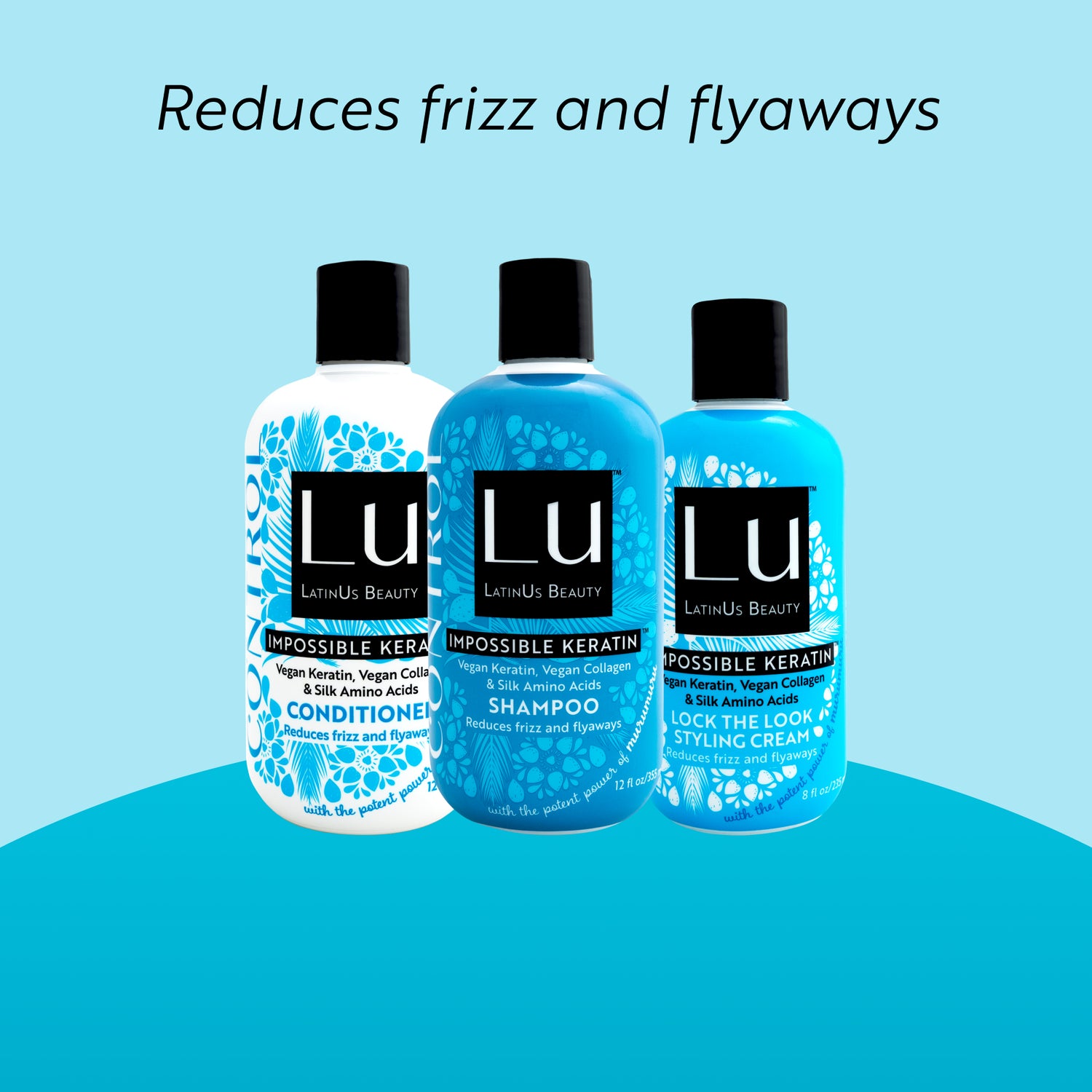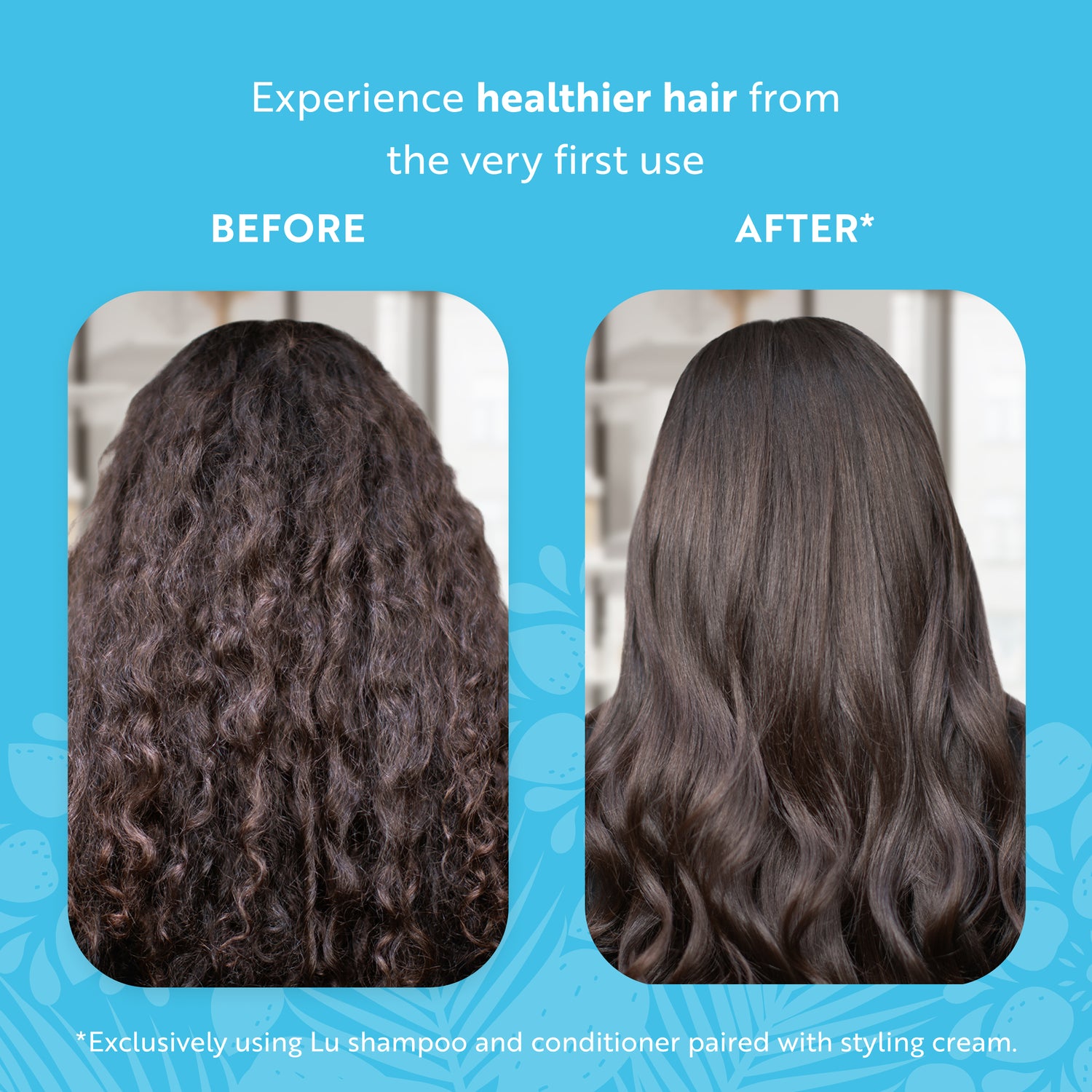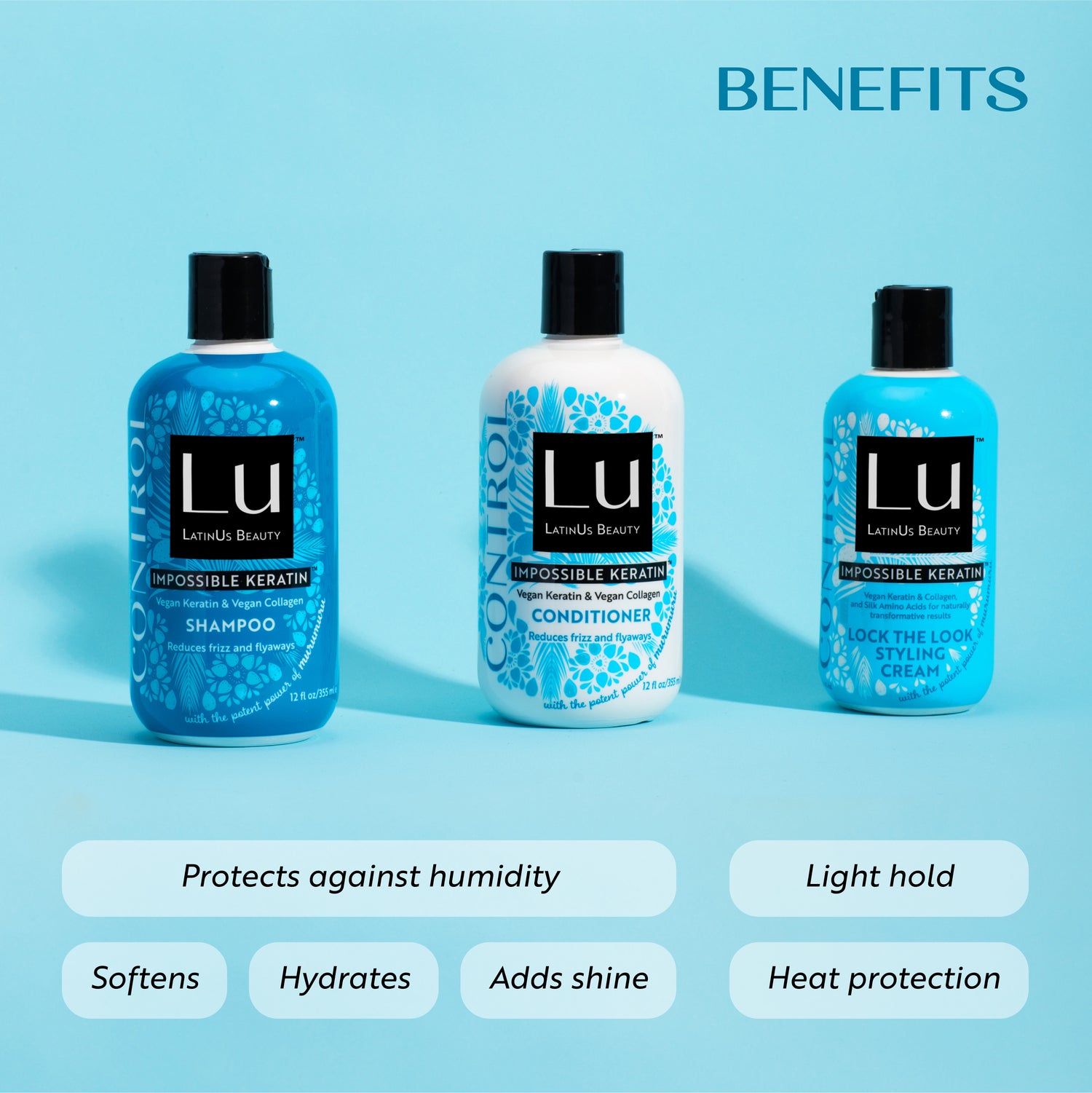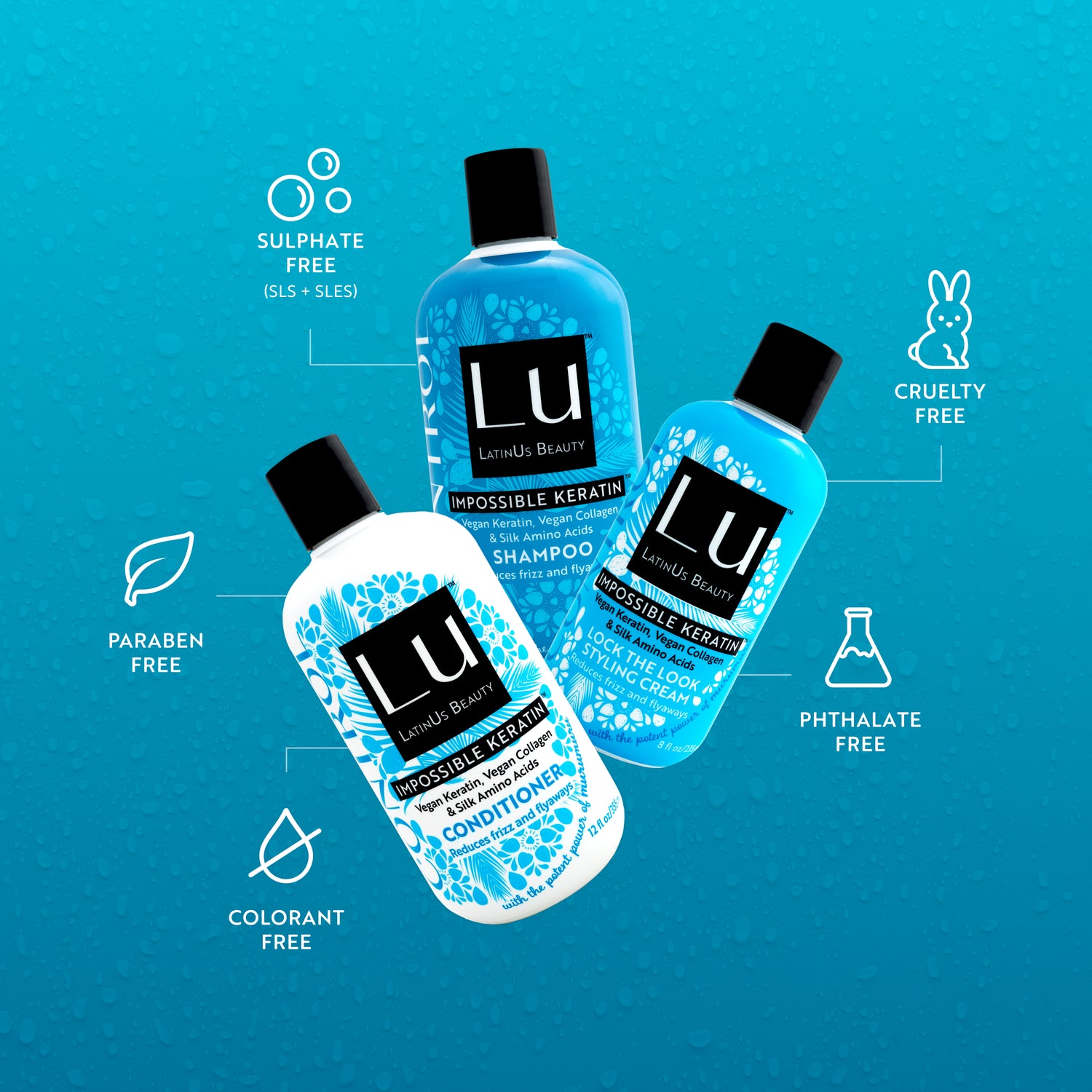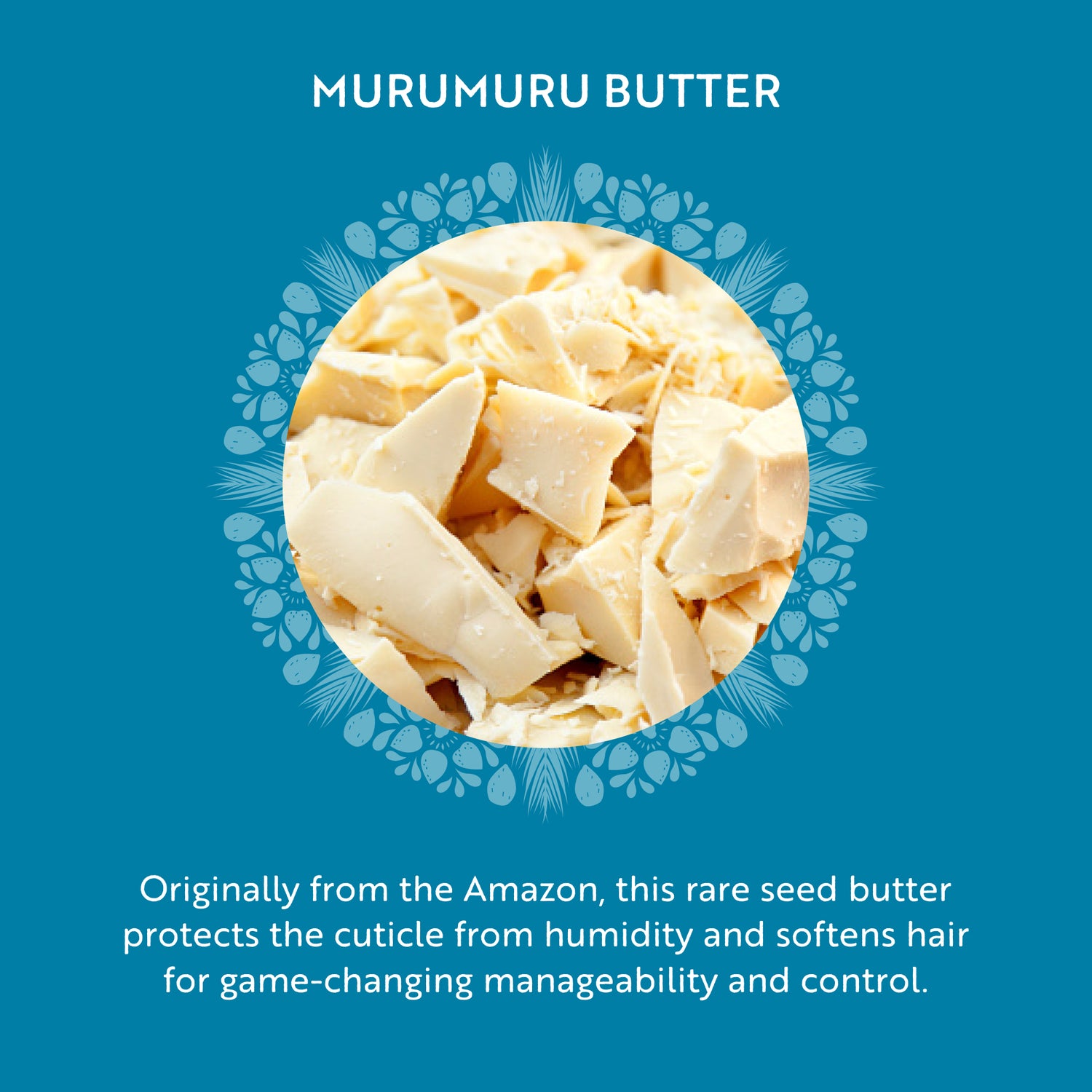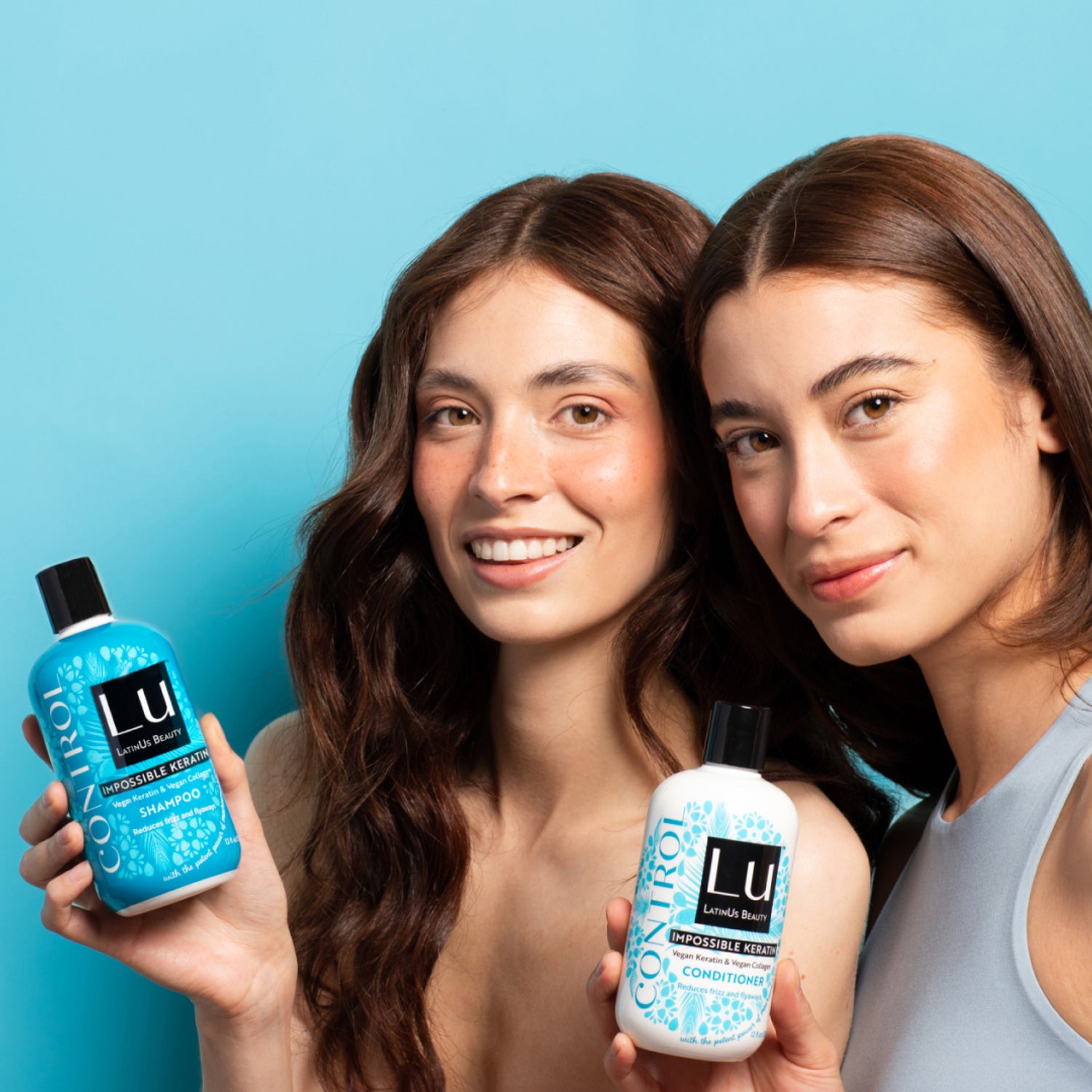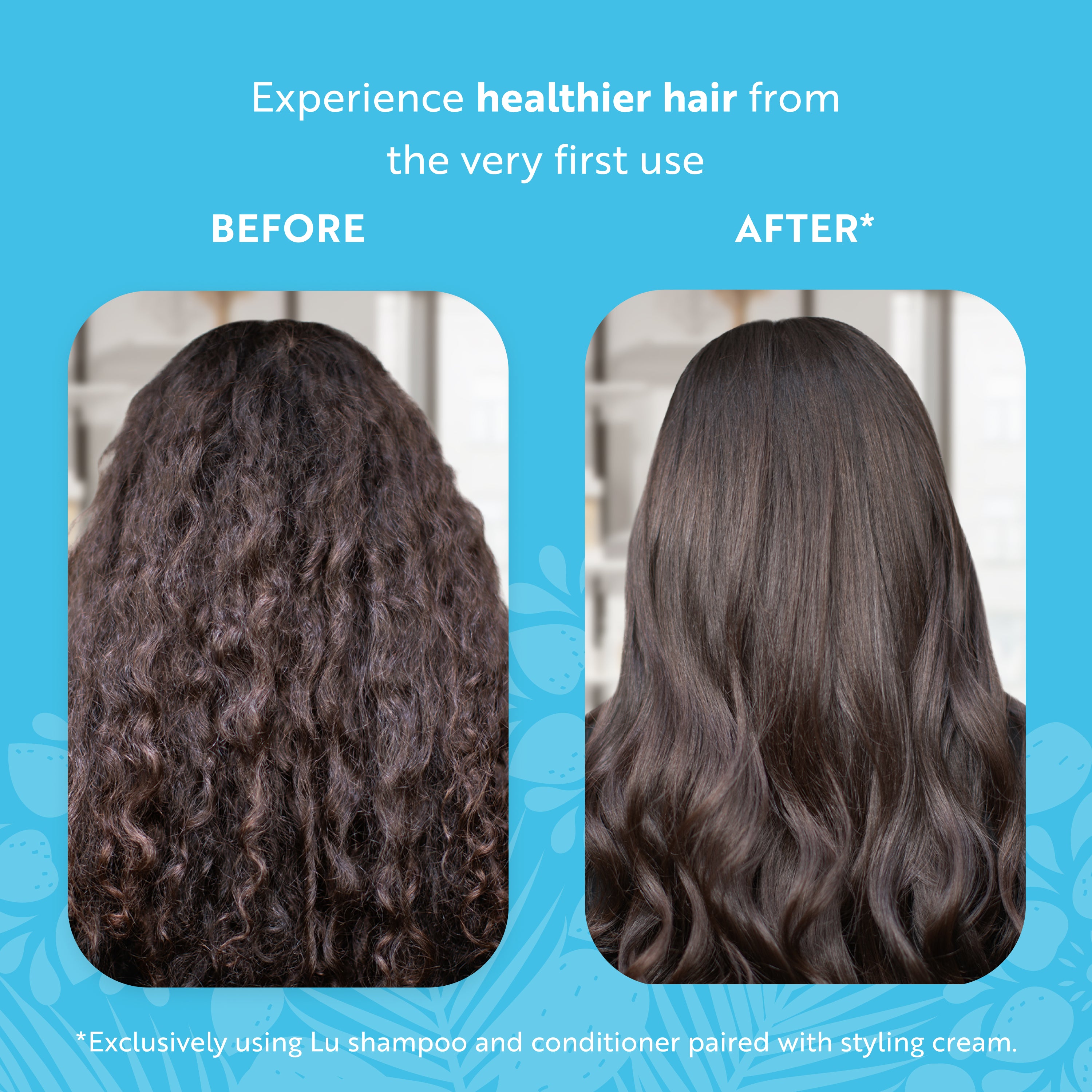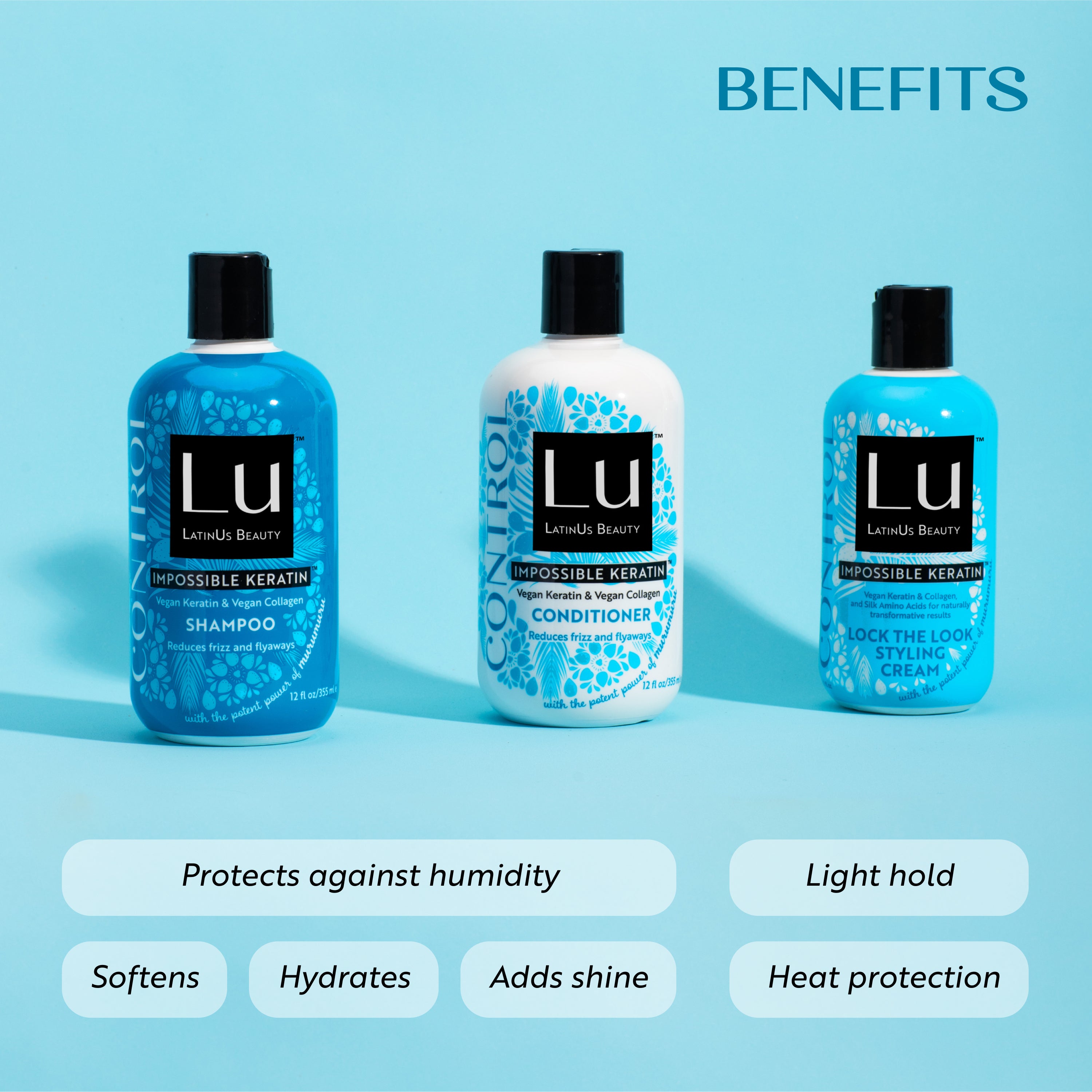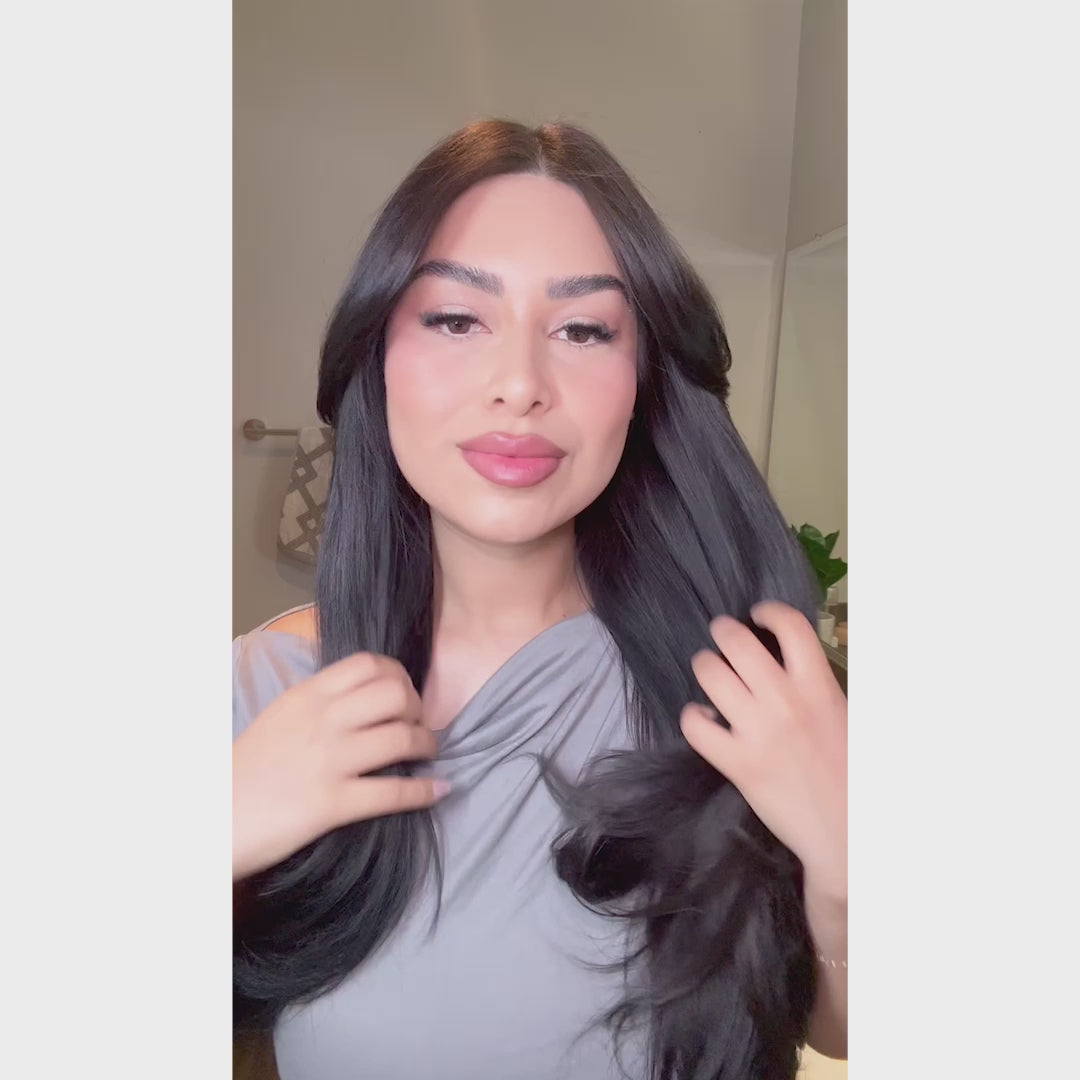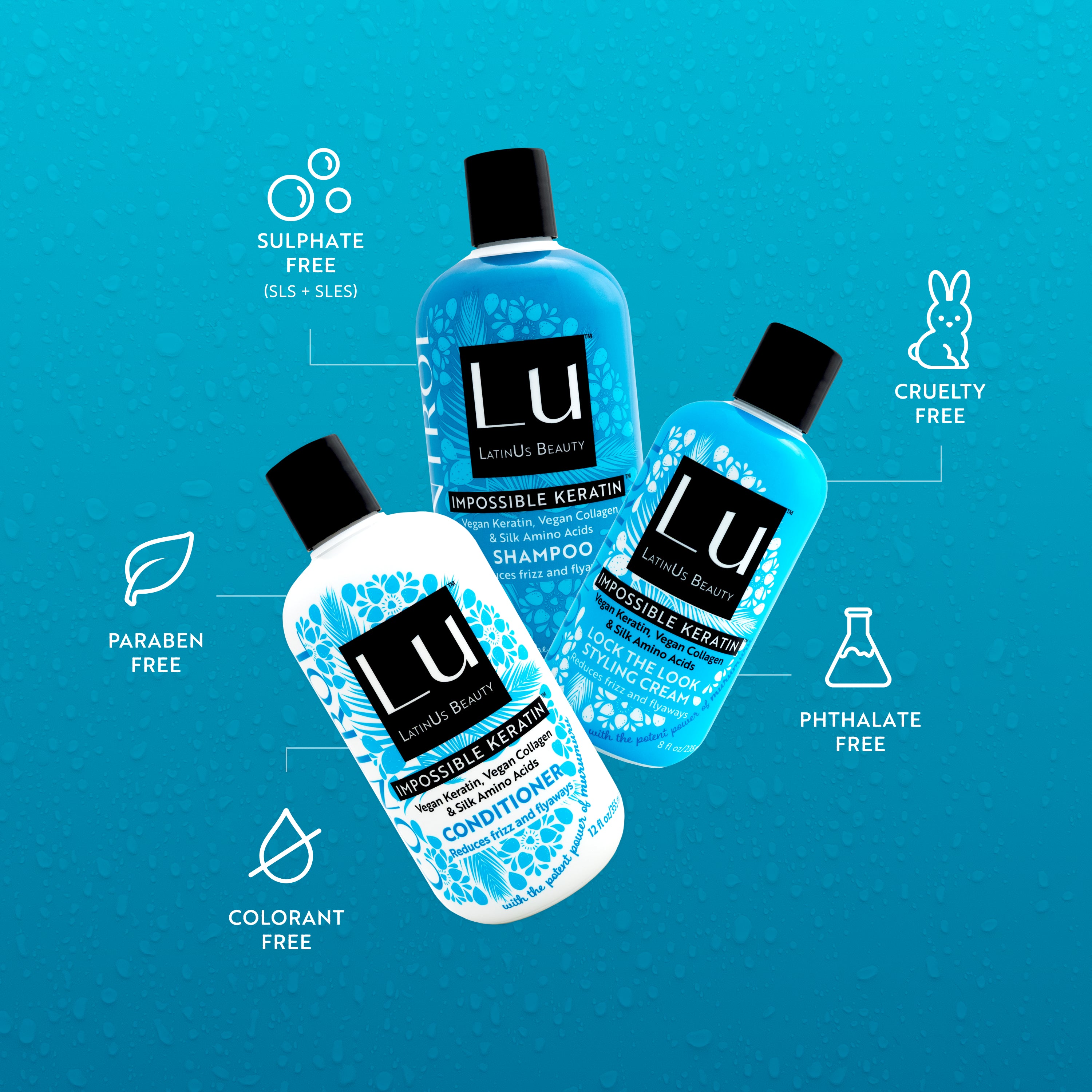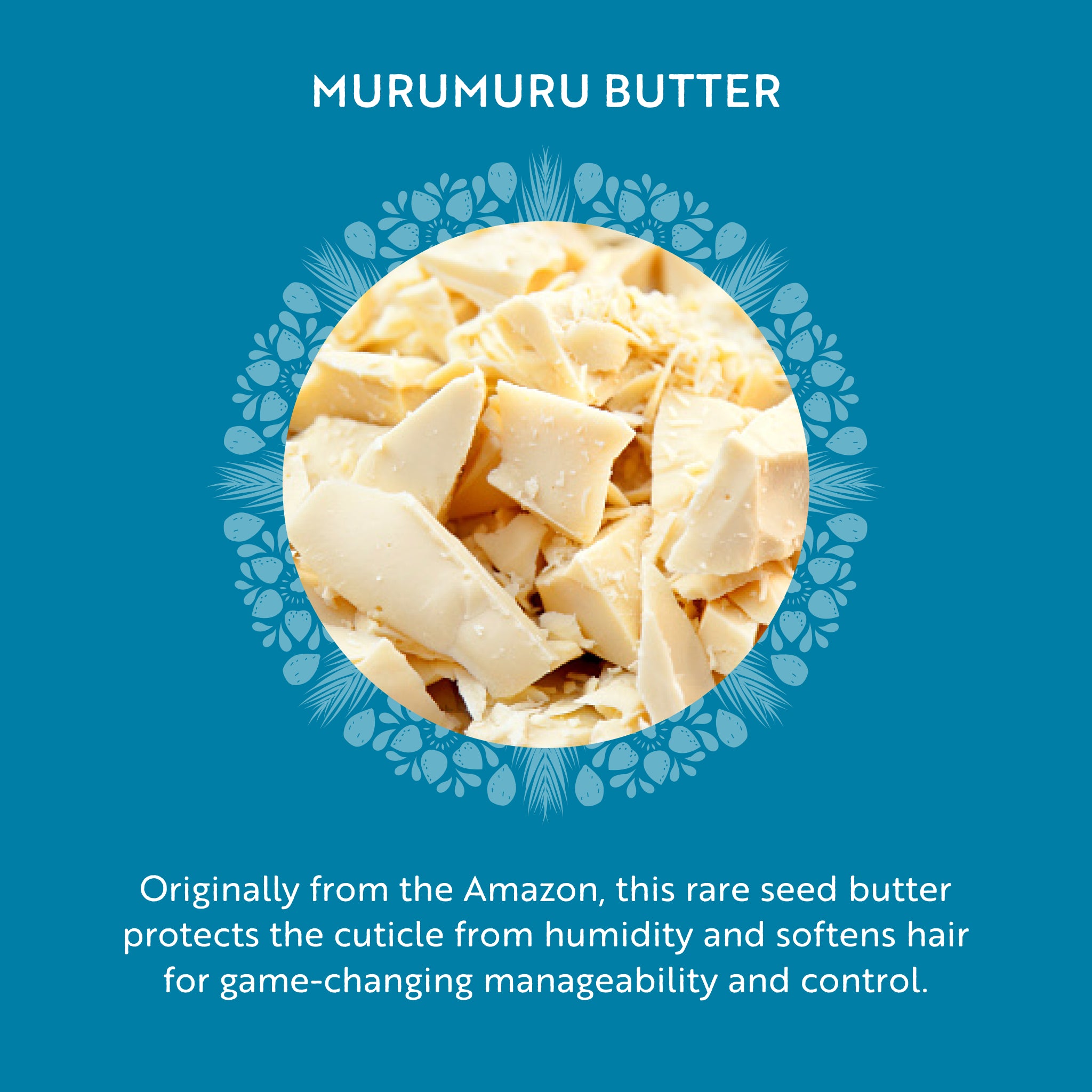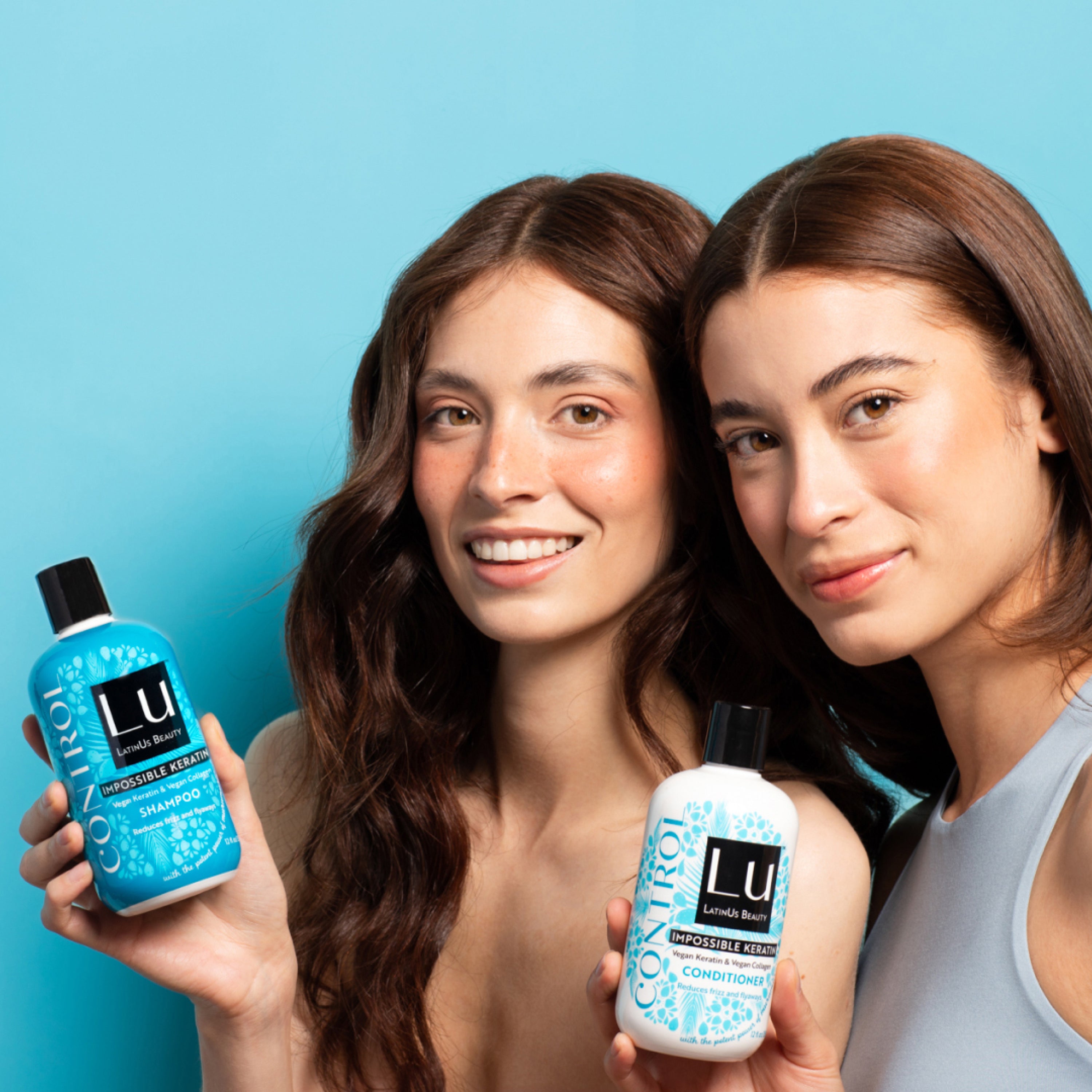Frizz can defy even the most meticulous hair care routines. Whether you have naturally curly hair or silky straight hair, frizz is a problem we can all relate to. But, did you know there are many types of frizzy hair and many reasons why hair can get frizzy? Identifying the root cause of frizz is the first step toward managing and embracing your unique hair texture. Here’s our roundup of the most common types of frizzy hair, what causes frizz, and what you can do to combat it.
Frizzy Hair Types

Frizz isn't a one-size-fits-all phenomenon; it comes in various forms, and each requires a different approach to manage effectively. There are four basic types of frizz that can affect your hair strands and make your healthy hair look worse for wear. Let's break them down.
-
Surface Frizz - Also known as flyaway hair, surface frizz has the appearance of static electricity, where strands of fine hair stick out as if defying gravity all over your head. Surface frizz is often caused by humidity, dryness, or damage to the hair cuticle.
-
Frizzy Ends - Like the name suggests, frizzy ends are a persistent problem for all hair types and are characterized by the last couple of inches of hair appearing rough and messy. Split ends and frizzy ends are NOT the same thing. While split ends are a physical condition caused by dryness, frizz is all about hair texture.
-
Halo Frizz - Halo frizz is similar to surface frizz but concentrated around the crown of the head. It can result from a lack of moisture, over-styling, or using harsh hair products.
-
Poof Ball Frizz - Giving your hair the appearance of a poof ball, this type of frizz could also be described as total frizz. Not only does it mess with the top of your hair like halo frizz, but underneath and everywhere else. This type of frizz is often linked to exposure to environmental elements, heat damage, or improper styling techniques.
The Most Common Causes of Frizz

Just as there are many types of frizz, there are also numerous potential causes of frizzy hair.
Heat Damage - Heat can spark an unwanted chemical reaction in your hair, which can lead to damage and dullness. Regular exposure to high heat through the use of hair dryers, curling irons and other heat treatments can cause damage to keratin, and unfortunately, one of the visible effects of keratin damage is frizzy hair.
Humidity - When it’s humid outside, hair can absorb moisture, which causes hair shafts to swell. Humid weather can also cause hair cuticles to raise and rub against each other that creates friction and, in turn, frizz.
Product Buildup - Using the wrong products in your hair can lead to buildup that can weigh it down over time. This is because certain ingredients contained in many popular products are not water soluble, like heavy oils and dimethicone. Instead, look for naturally derived ingredients in your haircare and styling products, like Lu's Impossible Keratin™. This plant-based keratin aids damage recovery to build hair strength fast, adds shine, and helps protect against further hair damage.
Dry Hair - While humidity causes frizzy hair through too much moisture, it can also be caused by a lack of moisture. This can be due to too much shampooing and not enough conditioning, which will strip hair of its natural oils and lead to frizz.
How to Fight the Frizz

Fortunately, there are many ways to tame and even banish frizzy hair. It's all about the right products and the right routine.
Unlock the Power of Murumuru - Murumuru butter is a natural moisturizer that is known for its frizz-fighting properties. That's why it's a key ingredient in Lu’s Control Collection and one of the reasons customers rave about the game-changing manageability and long-lasting hold it gives their hair, without a split end, flyaway or frizzy strand in sight.
Cut Down on Washing - While oily hair may require more washing to reduce the oily buildup, overwashing can strip hair of these natural oils. Many people routinely wash their hair just because they always have. Instead, you should only wash your hair when it’s actually dirty to remove grime and product buildup. Conditioning is a great way of adding moisture to dry hair and helping with frizz. That's why we always recommend a Lu Bundle rather than just our shampoo or conditioner. These products are designed to work together to protect and nourish your hair while keeping the frizz at bay.
Leave In the Cream - Styling creams, or leave-in conditioners, work by hydrating your hair while hair follicles are open and wet after a shower. These handy hair products cling to your hair and lock in moisture, which is the antidote to frizz. Lu offers leave-in creams for each of its collections, allowing you to Lock the Look, set your curls free, or get some added protection and moisture if your hair needs a little extra rescuing.
Style Your Hair When It's Wet - There's a reason Lu's leave-in creams are applied to damp hair. Using product on dry hair (especially if you're rocking curls) can lead to uneven saturation and frizzy hair.
Add hair masks to your haircare routine - Hair masks deliver the moisturizing benefits your hair needs to keep the frizz under control. There are hundreds of options to choose from in the market, or you can DIY it and make a mask with yogurt. Just mix one cup of yogurt with a tablespoon of olive oil, apply the mixture to your hair for 10 minutes, and rinse with warm water.


